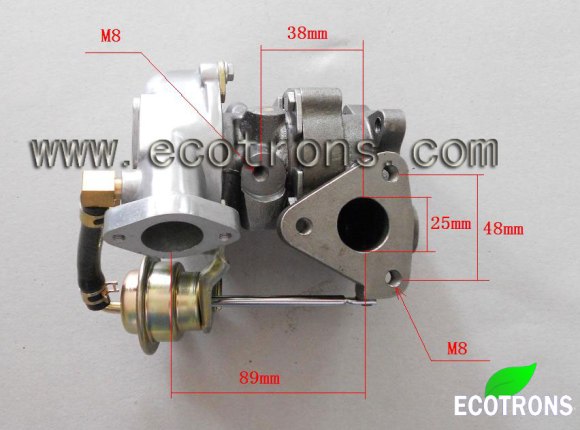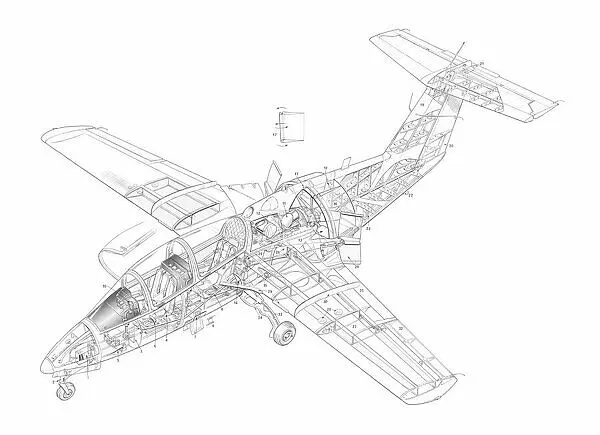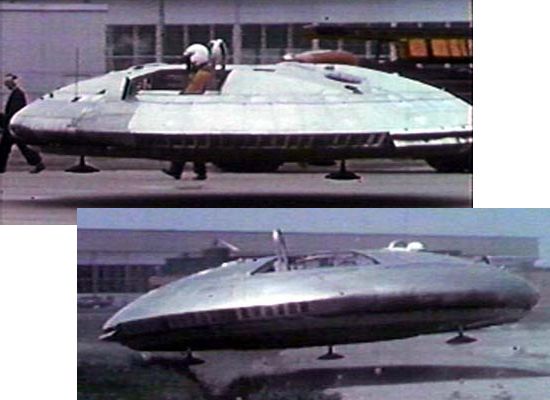Jeremy Harris
100 MW
lpbman said:How much of that is because that's not what the fan blades were designed for, and how much is because it's a single stage axial fan? Not expecting you to do my "homework" for me,
I just look at the basics of it and think there is quite a bit of energy lost to the engine having to suck air in at high rpm, and this would "replace" that energy even if little positive pressure is achieved. Maybe I'm overestimating how much energy it takes to fill the cylinder or perhaps the pressure diff. is too low to transfer that energy to the engine...?
Thanks for the responses regardless... this has been buzzing in my head for sometime and it's nice to have feedback.
The problem with ducted axial fans is that they work like rotating aircraft wings, so are dependent on the angle of the blades being right for the flow conditions. The analogy is like an aircraft wing, which will only work over a limited range of angle of attack. Increase it too much and the wing stalls, decrease it too much and the wing doesn't produce enough lift to fly. This means that ducted fans (and propellers) only work over a limited range of conditions, and only work at maximum efficiency at one particular set of conditions.
If you want a high pressure increase then you need to switch to a centrifugal type of fan, which uses a different technique to shift air. These rely of centrifugal force to accelerate the air outwards along the fan blades, increasing its velocity, and hence dynamic pressure. The velocity of the air at the tips of a centrifugal fan (like a turbocharger impeller) will be close to the velocity of the fan tips themselves. For example, if you had a 90 mm diameter centrifugal fan running at, say, 80,000 rpm, then the tips would be doing about 376 m/S. The air leaving the tips would be around that speed. The dynamic pressure of moving air is given by the formula 1/2 · Rho · V². where Rho is air density (1.225 kg/m³) and V is the velocity (in m/S). The dynamic pressure from air at 376 m/S is therefore 0.5 · 1.225 · 376² = 86,593 N/m², which is about 12.55 psi, a reasonable boost pressure.







